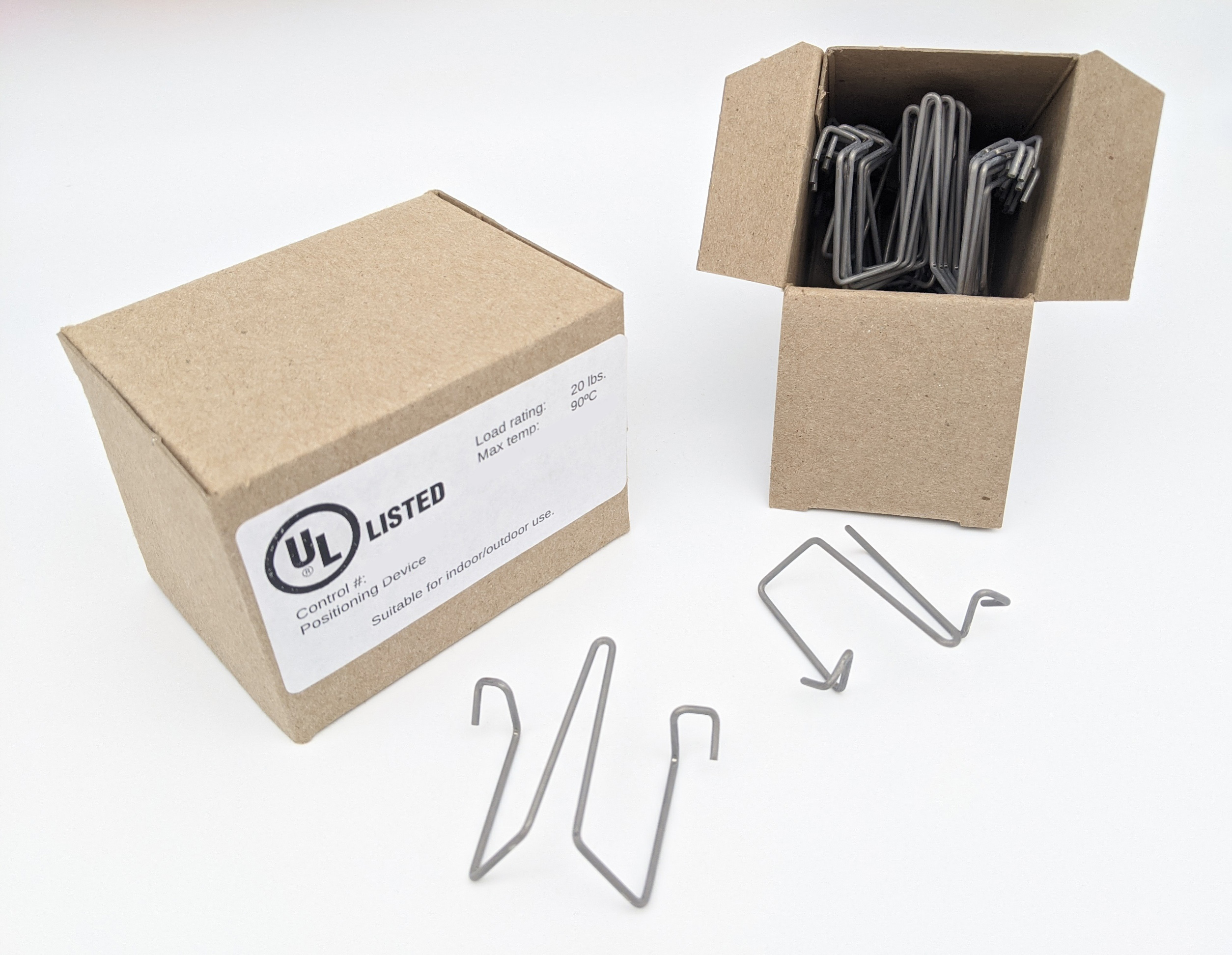Get unique, complex parts easily. No matter your requirements, Chaoyi Spring creates hard-to-produce coil springs and wire forms.
Let us help you create the custom wire form you need, from S-hooks and J-hooks to utility hooks and more.
We work closely with customers across a wide range of industries, helping them design and manufacture made-to-order parts.
Why choose Chaoyi Spring? We prioritize customer-focused collaboration, modern equipment and the latest technology to make your parts per print.
Find the information and guidance you need, from measuring a spring to learning about materials, placing an order and much more.
Torsion springs, those seemingly simple coiled pieces of metal, play a vital role in countless mechanical systems. From the intricate workings of a watch to the powerful mechanisms of industrial


Torsion springs, those seemingly simple coiled pieces of metal, play a vital role in countless mechanical systems. From the intricate workings of a watch to the powerful mechanisms of industrial machinery, these springs provide the essential force needed for smooth and reliable operation. Their ability to store and release rotational energy, often in a controlled and predictable manner, makes them indispensable components in countless applications. In this article, we delve into the fascinating world of torsion springs, exploring their design, functionality, and the diverse array of industries where they reign supreme.

Imagine a coiled spring, not stretched or compressed like a traditional coil spring, but twisted. That's the core concept of a torsion spring. These springs are designed to store and release energy when subjected to a twisting or rotational force. When you twist the spring, you're essentially winding up potential energy. This energy is then released as the spring tries to return to its original untwisted state, providing a rotational force in the process.
The strength and characteristics of a torsion spring depend heavily on factors like the material used, the diameter of the wire, the number of coils, and the spring's overall dimensions. These variables play a crucial role in determining the spring's stiffness, the amount of torque it can generate, and its ability to withstand repeated cycles of twisting and unwinding.
Torsion springs come in a wide variety of forms, each tailored to specific applications. Let's explore some of the most common types:
The versatility of torsion springs makes them essential components in a diverse array of industries and applications. Here are just a few examples of their pervasive presence:
Designing a torsion spring for a particular application requires a careful consideration of various factors. These include:
Choosing the right torsion spring for a specific application can seem daunting, but by considering these essential factors, you can make an informed decision:
From the early days of clockmaking to the cutting-edge technologies of today, torsion springs have consistently played a vital role in mechanical innovation. Their ability to store and release rotational energy in a controlled manner has fueled countless advancements in various fields. As technology continues to evolve, we can expect to see torsion springs continue to adapt and play a key role in shaping the future of mechanical design. Whether it's powering the opening of a car door, regulating the flow of fluids in medical equipment, or ensuring the smooth operation of complex machinery, these humble yet powerful components remain essential for a world that relies on seamless and efficient mechanical systems.
Torsion springs, often overlooked in the grand scheme of things, are the silent heroes of countless mechanical systems. Their ability to store and release rotational energy, their adaptability to diverse applications, and their reliability over time make them indispensable components in a vast array of industries. As we continue to explore the frontiers of mechanical design, the humble torsion spring stands ready to play an integral role in shaping the future of innovation.
Browse some of the custom wire forms and springs that we manufacture. Don’t see what you need? We specialize in made-to-order products that meet your application requirements.
Visit Our GalleryNeed a custom wire form or coil spring? We make it work. Fill out the contact form and a representative will respond within 1 business day. If you have a PDF or CAD file, you can submit to request a quote.